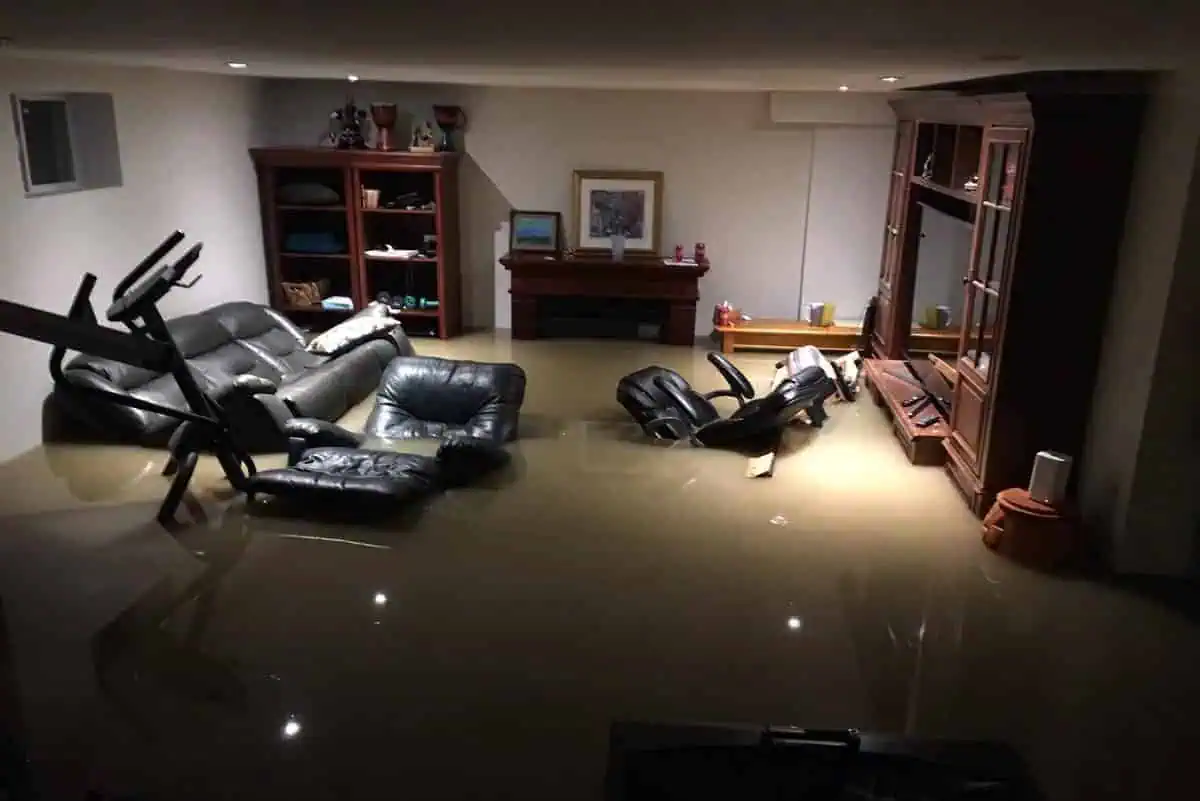A flooded basement is every homeowner’s nightmare, often causing thousands of dollars in damages, destroying personal belongings, and creating long-term structural issues. Whether caused by heavy rainfall, burst pipes, or groundwater seepage, a basement flood demands immediate action. In this guide, we’ll walk you through everything you need to know about handling a flooded basement — from understanding why it happens to the exact steps you should take to clean up, dry out, and prevent future floods.
By the end, you’ll know how to safely address the problem, when to call in professionals, and what preventative measures can save you time, money, and stress down the road. If you’re searching for advice on “how to fix a flooded basement” or “basement flood solutions,” you’ve landed in the right place.
Why Do Basements Flood?
Basements are naturally prone to flooding because they are below ground level. Several common causes include:
- Heavy rainfall or snowmelt: Overwhelmed drainage systems or saturated soil can push water into basement walls.
- Poor drainage or grading: Improper landscaping or clogged gutters direct water toward your foundation.
- Foundation cracks: Small structural weaknesses allow water to seep in.
- Broken sump pumps: A sump pump failure means water has nowhere to go.
- Sewer backups: Blockages or heavy rain can overload sewer systems, sending water backward into your home.
Step 1: Stay Safe Before You Act
Before entering a flooded basement, take precautions:
✅ Turn off electricity – Water and electricity are a deadly mix. Shut off power at the main breaker (if you can safely reach it).
✅ Wear protective gear – Use rubber boots, gloves, and a mask to protect against contaminants.
✅ Check for gas leaks – If you smell gas, leave immediately and call the utility company.
If the flooding is severe, consider calling professionals right away.
Step 2: Remove the Water
There are several methods to get water out, depending on the severity:
- Use a wet/dry vacuum for small puddles.
- Deploy a sump pump for several inches of standing water.
- Rent a water pump for significant flooding.
- Call a water damage restoration company if overwhelmed or if contamination (like sewage) is involved.
Step 3: Dry and Dehumidify the Space
Removing standing water isn’t enough — you need to dry everything thoroughly to prevent mold:
- Open windows and doors for ventilation.
- Use industrial fans or blowers to circulate air.
- Run dehumidifiers non-stop for several days.
- Remove soaked materials like rugs, drywall, and insulation, which can’t be salvaged once saturated.
According to the Federal Emergency Management Agency (FEMA), mold can begin growing within 24-48 hours, so time is critical.
Step 4: Clean and Disinfect
Basement floodwater often contains bacteria, chemicals, or sewage. Clean the affected area thoroughly:
- Scrub walls and floors with hot water and a heavy-duty cleaner or disinfectant.
- Wash and disinfect salvageable belongings.
- Dispose of contaminated items responsibly.
Step 5: Assess Damage and Contact Insurance
Check your homeowner’s insurance policy — not all cover basement floods, especially from groundwater. Take the following steps:
- Document damage with photos and videos.
- List damaged items and keep receipts for repairs or replacements.
- Contact your insurance company to file a claim.
You may need a professional inspection to assess structural or electrical damage.
Step 6: Prevent Future Basement Floods
Once your basement is dry, it’s time to fortify against future issues:
✅ Maintain gutters and downspouts – Keep them clean and direct water away from your foundation.
✅ Grade landscaping – Ensure the soil slopes away from the house.
✅ Seal foundation cracks – Use epoxy or hire a contractor for larger repairs.
✅ Install or upgrade sump pumps – Include a battery backup system.
✅ Consider a French drain or waterproofing system – For persistent problems, professional drainage solutions may be needed.
Expert Opinions & Case Studies
According to The American Society of Home Inspectors (ASHI), about 60% of U.S. homes experience below-ground wetness, and 38% run the risk of basement mold. One case study by HomeAdvisor reported that the average cost to clean and repair a flooded basement ranges from $1,500 to $10,000, depending on the severity.
Expert tip: Investing in preventative measures like sump pumps and foundation sealing often costs less than one major cleanup.
Frequently Asked Questions (FAQs)
Q: How long does it take to dry out a flooded basement?
A: Typically, 3–7 days with proper ventilation and dehumidifiers, but it depends on the extent of water damage.
Q: Can I clean up a basement flood myself?
A: Small floods can often be DIY, but large or contaminated floods (e.g., sewage) should be handled by professionals.
Q: Will my insurance cover a flooded basement?
A: It depends. Flooding from internal issues (like burst pipes) is often covered, but groundwater floods may require separate flood insurance.
Conclusion
A flooded basement can feel overwhelming, but with the right steps, you can minimize damage and reduce future risks. Act quickly: ensure safety, remove water, dry thoroughly, clean and disinfect, document for insurance, and invest in preventive solutions.












